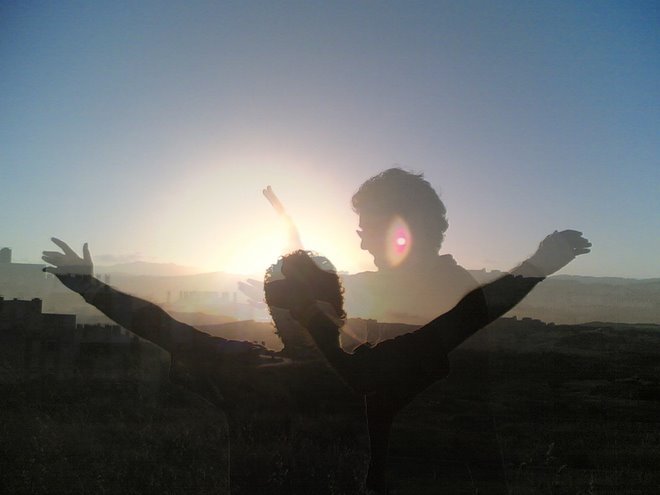Cairns is one of the party cities on the east coast of Australia but better known as the gateway to the great barrier reef as it proud to be the second biggest diving centre of the world.
Cairns was lucky to have missed the flooding. We have met several people blocked or seriously in trouble because of this tragedy that has heavily hit the Queensland. The floods cover an area larger than France and Germany put together! We were very lucky to avoid the floods our whole trip, as at each stop we encountered several backpackers who had to change their plans due to mother natures wrath!
Sponsored activities in Cairns range from scuba diving to sky diving to hang gliding. Actually it is not and easy task to find your way through the maze of offers that are available everywhere. We decided to try scuba diving, a 1 day introduction course on the reef. Jay, our tall blond hunk of muscle trainer, taught us how to use the equipment and going down to 10 meters! What can I say… a dream had come true! Swimming on the reef, all along the coral coast and discovering the pleasure of diving surrounded by thousands of colourful fish reflecting the brightness of the sun light unrevealed one of natures best kept secrets. After listening to Jays stories and his lifestyle, living around the world, one and only one question popped up in my mind … why had I waited for so long to try diving?!
The last two days we decided to rent a car (for 35 bucks per day) and to spend one day to visit the Rainfall forest Habitat Park at north of Cairns and the following one to make a tour of the Waterfalls at south. In the Rainfall Forest Habitat, just outside Port Douglas, we finally got to see the native Australian wildife, including koalas, kangaroos and wallaby.
There are several waterfalls near Cairns. Eventually we followed Nicoles (from our hostel) suggestion: Josephine Falls and Milla Milla. The Josephine Falls was a revelation to us as we had found were locals spent their summer!! With its natural slide (the algae on the rocks made it perfect to slide down) and cold fresh water this was heaven on earth to escape the overwhelming heat of the Australian Summer. After a swim we decided to drive for another 100km heading towards to the Milla Milla Falls. On the way we went passed rainforests, mountains, hills, lookout points and several little waterfalls. We got to the Milla Milla Falls late so we decided to have a “quick” cup of coffee at the local Bed and Breakfast where we met Sandy, John and Wilma. We quickly engaged in a friendly conversation and were eventually invited to have dinner with them. The tones of our conversation spread from the most light and funny to the serious ones. Namely we have to thank Wilma, John and Sandy for the sincere close up on the Aborigines lifestyle. Already in Cairns we got the feeling that these people were ghostly presences in an environment not really fitting their inner nature. Our new friends confirmed this awkwardness by tracing up forty years and more of racial harassment, cultural uprooting and attempts to integrate them in the white established modern society. After six hours of laughs and stories we decided to head back to Cairns. I would like to thank John, Sandy and Wilma for perhaps the best night of our stay in Australia, illustrating the true friendliness of the Ozzie culture. Thank you:)
For those of you who are interested in visiting Cairns, I strongly recommend our hostel, the Calypso backpackers. It was definitely a good choice: 50 bucks for a double bed room. Perhaps not the cheapest but staying there was a pleasure: nice decoration giving it a Caribbean style, amazing music selection and a management always available and smiley, in typical Ozzie style.Though internet was accessible under payment, our transports to the city centre and the airport was for free…very good point!






